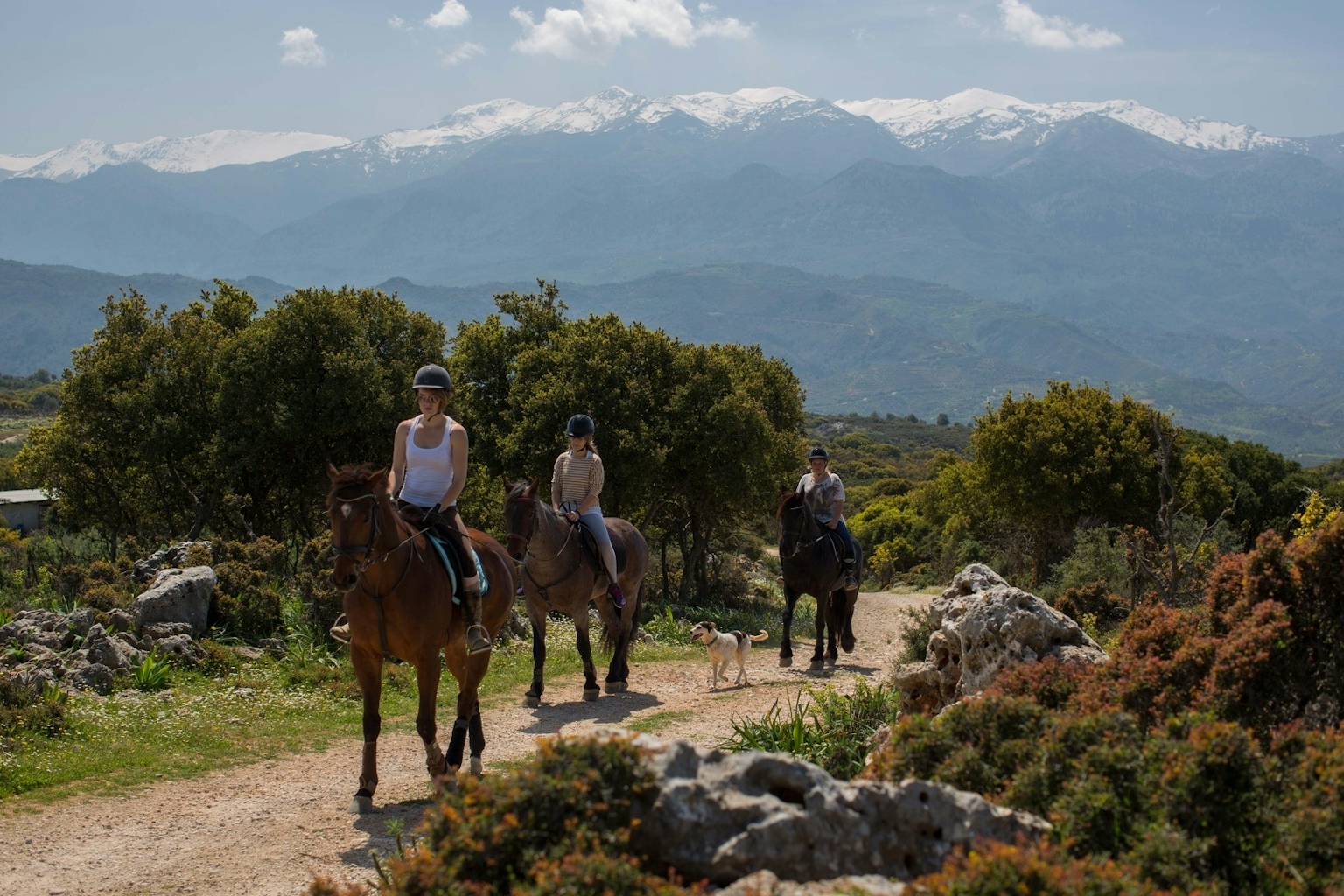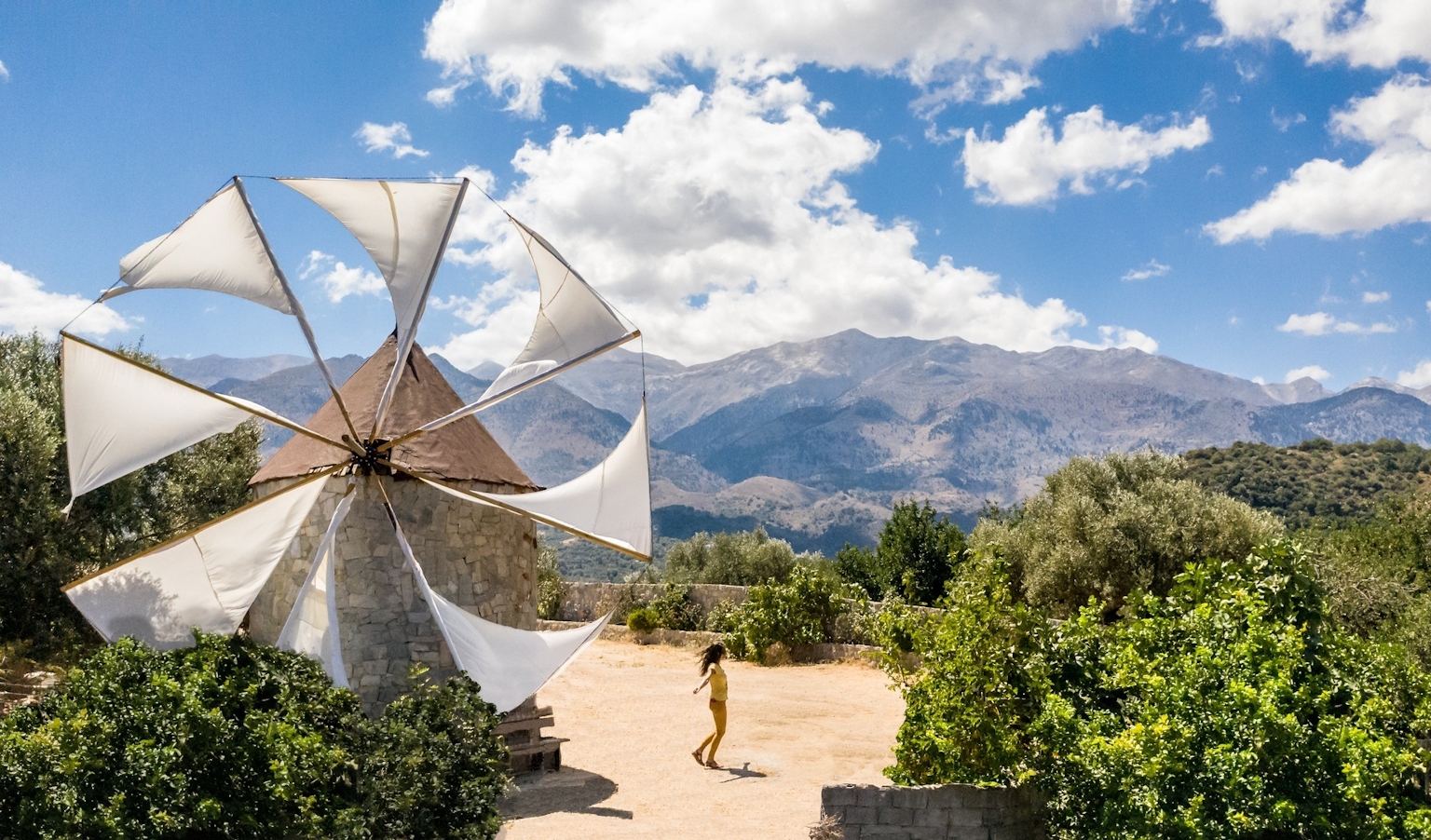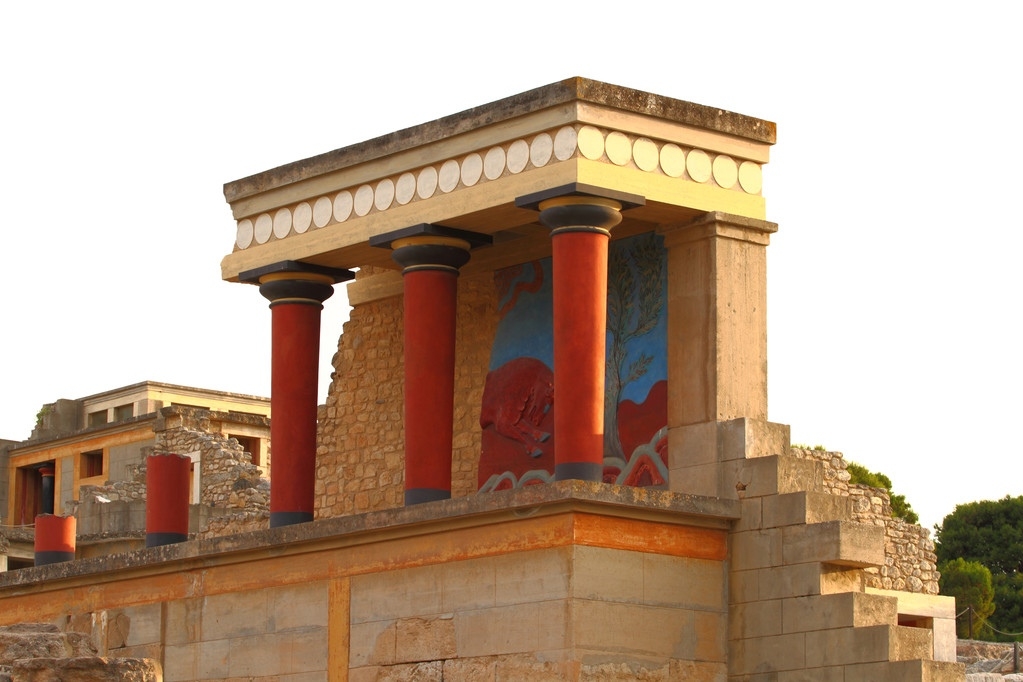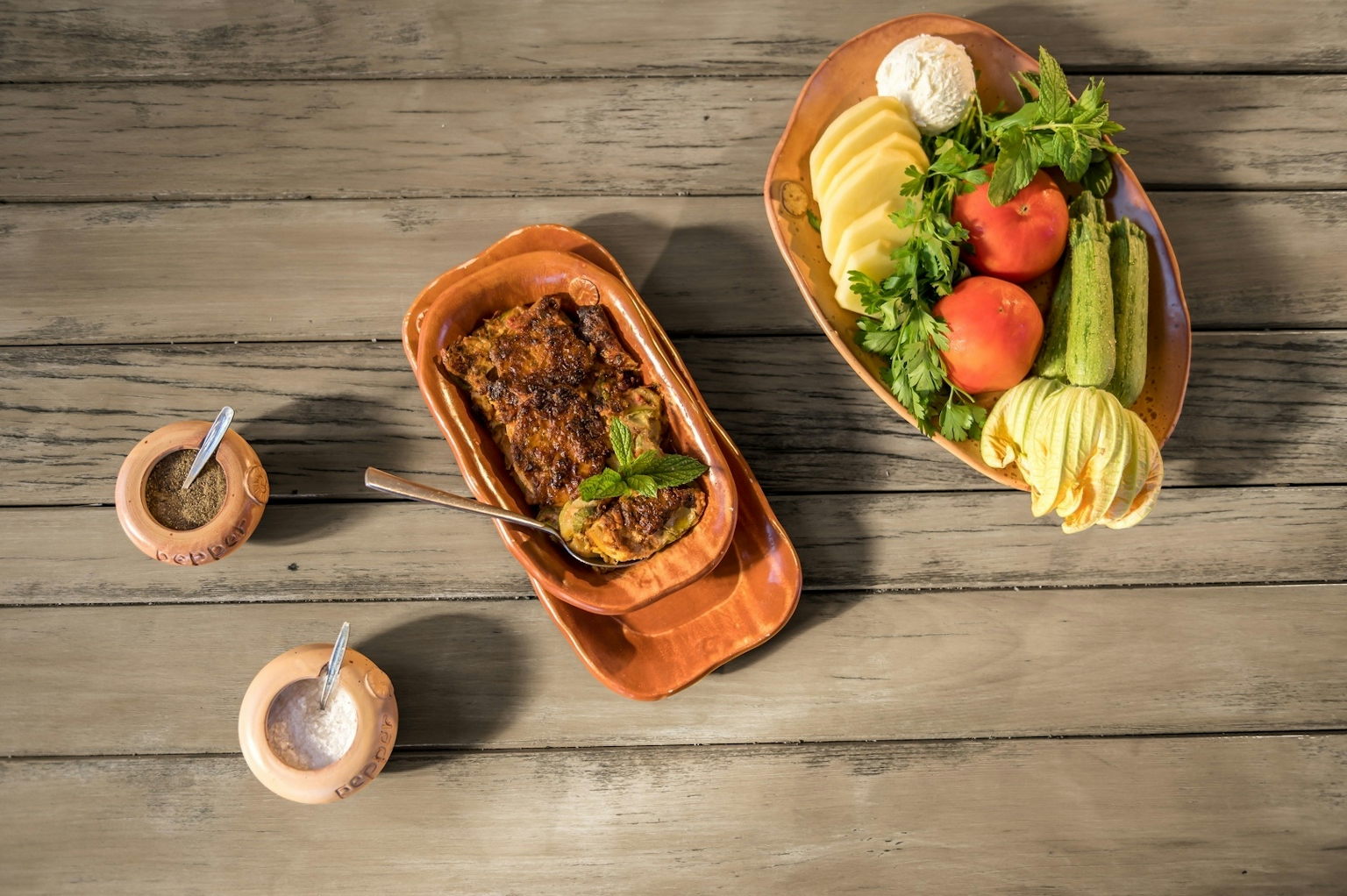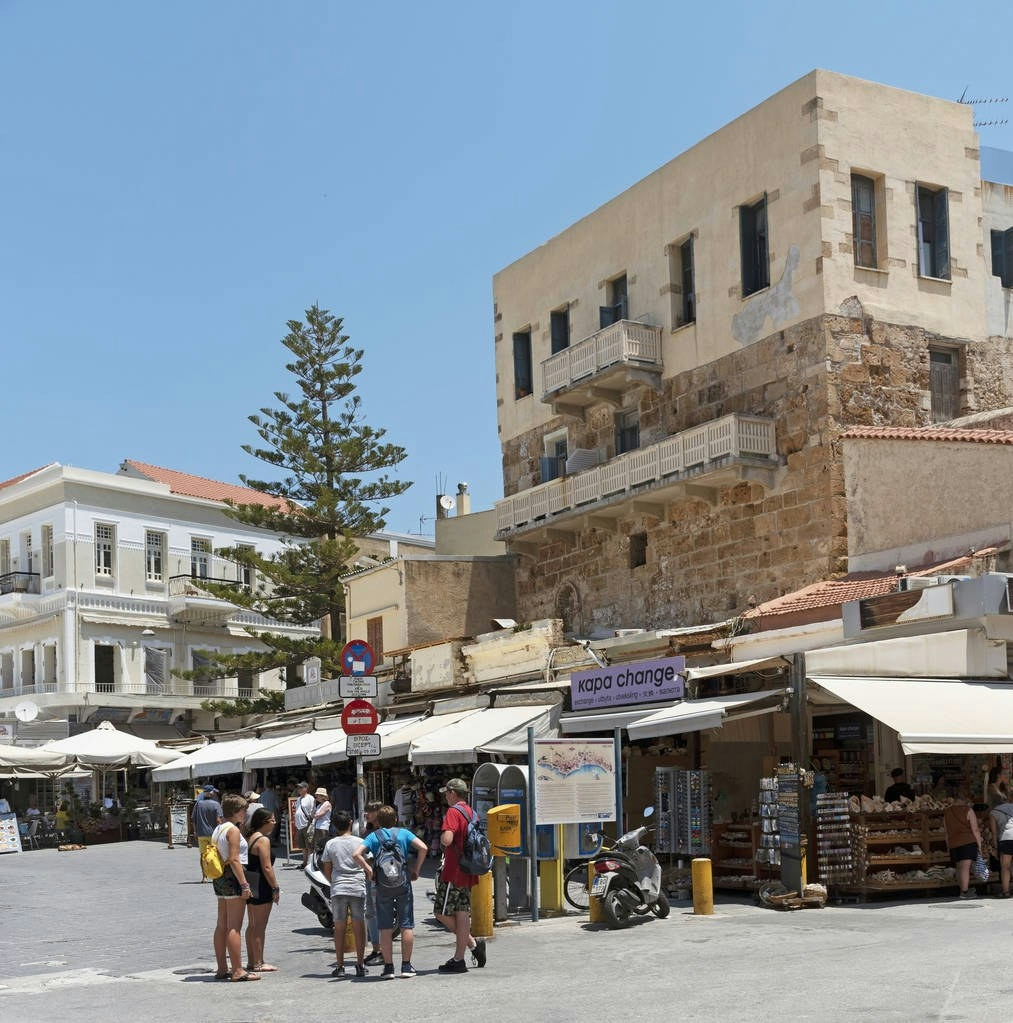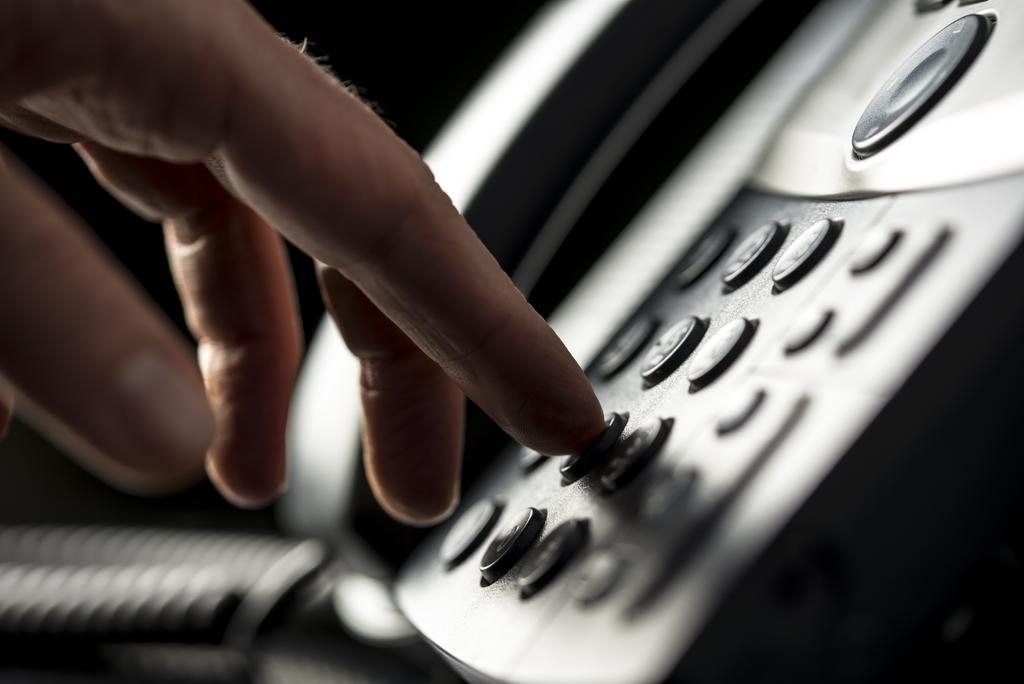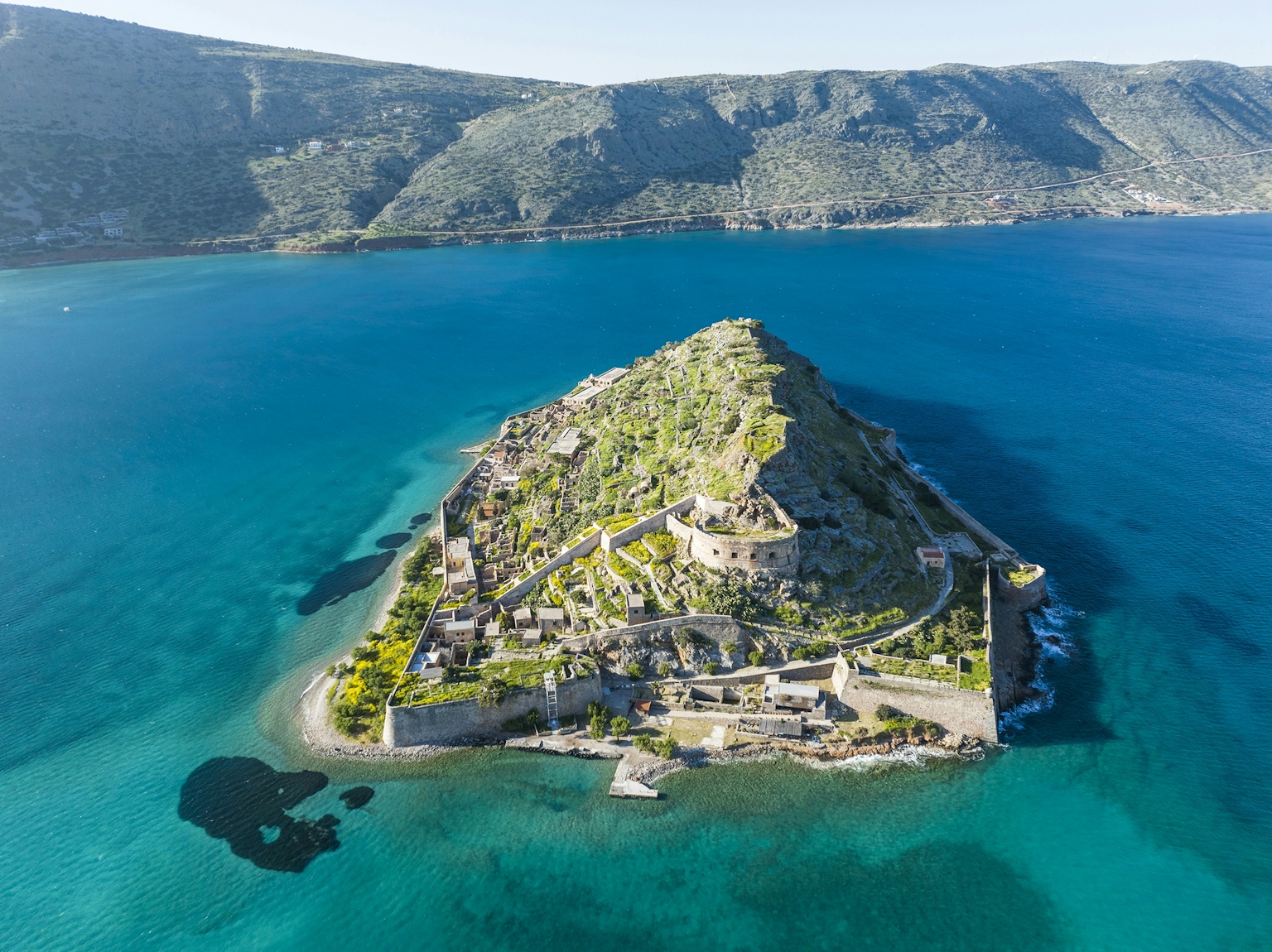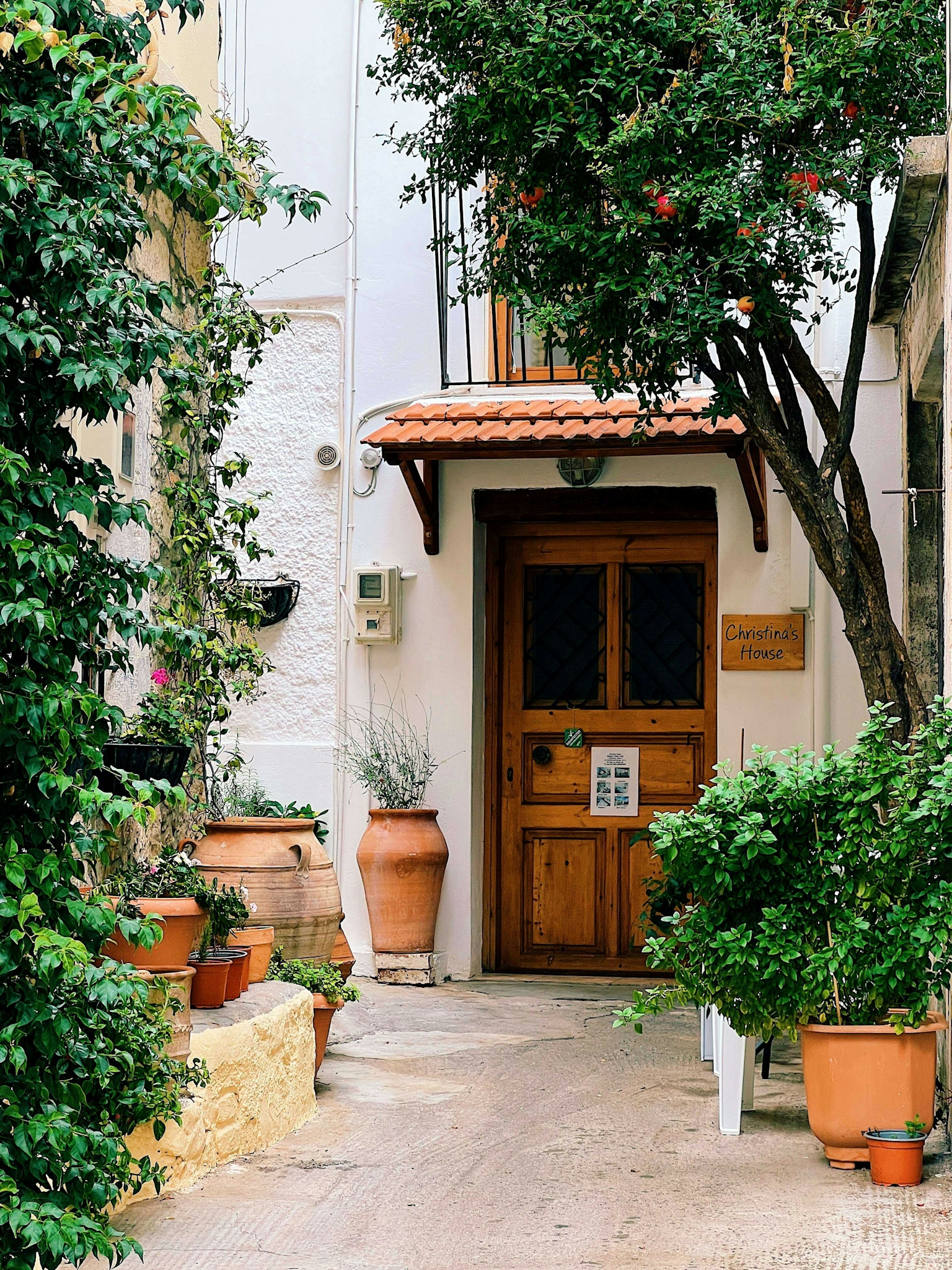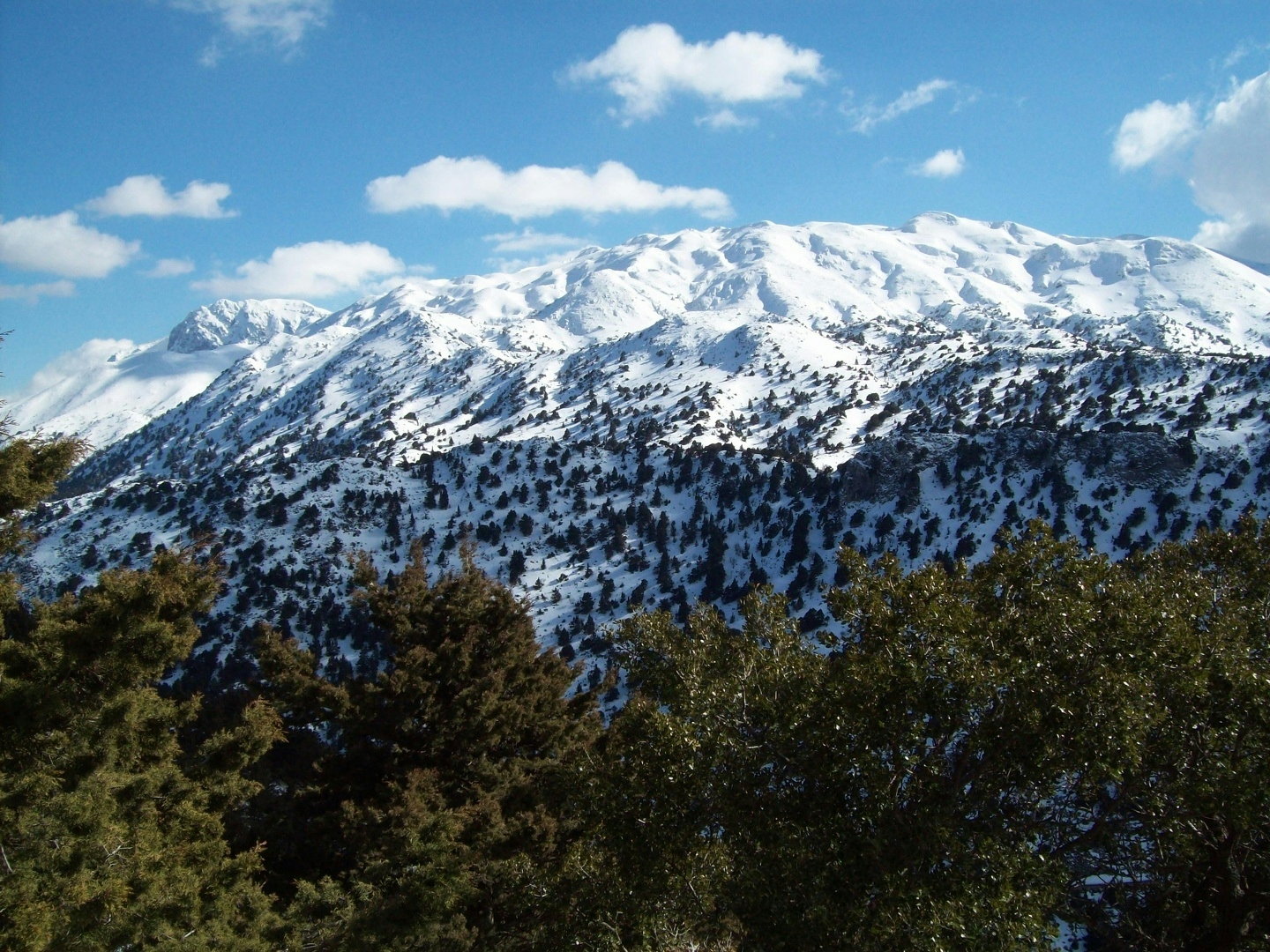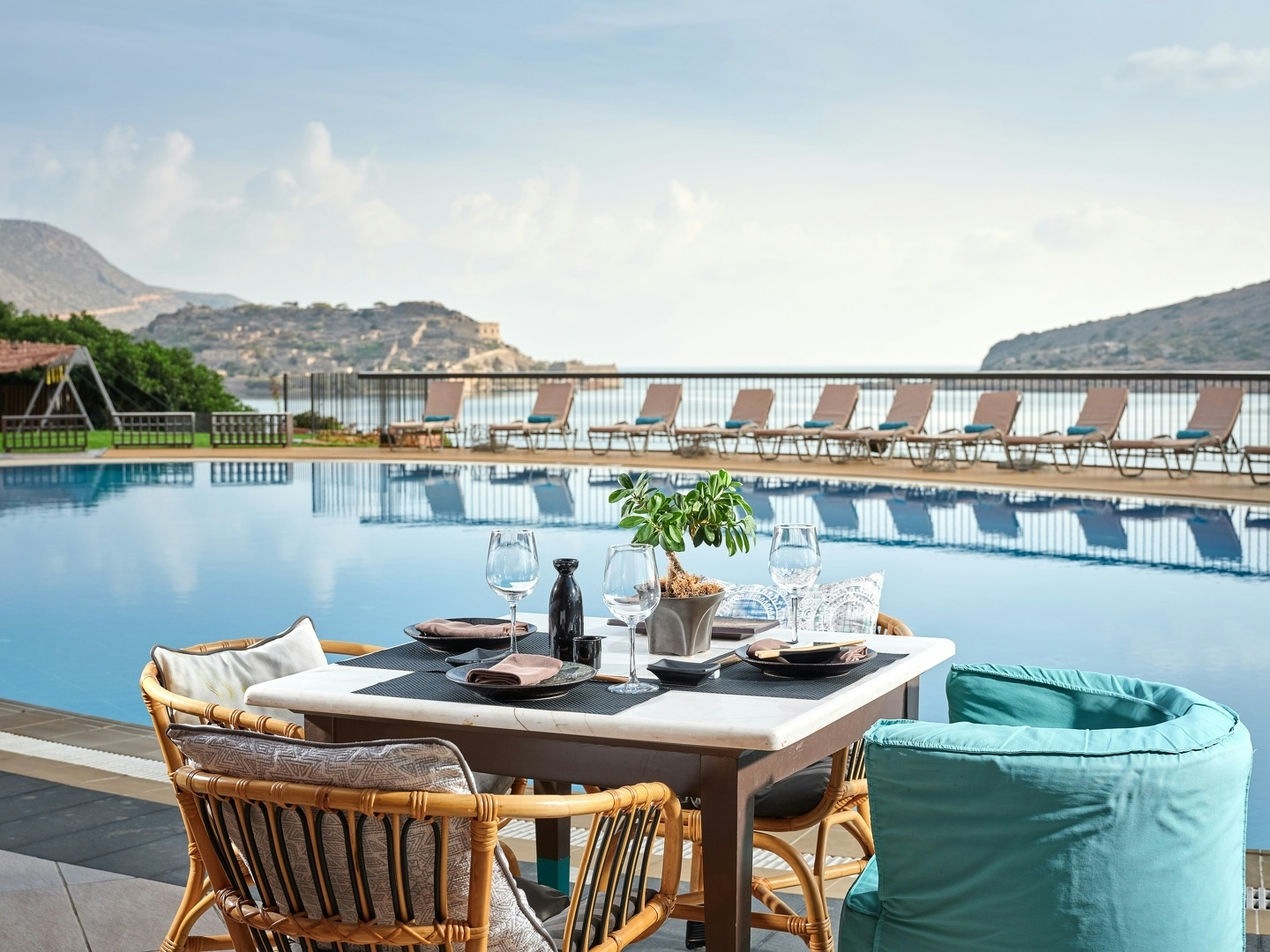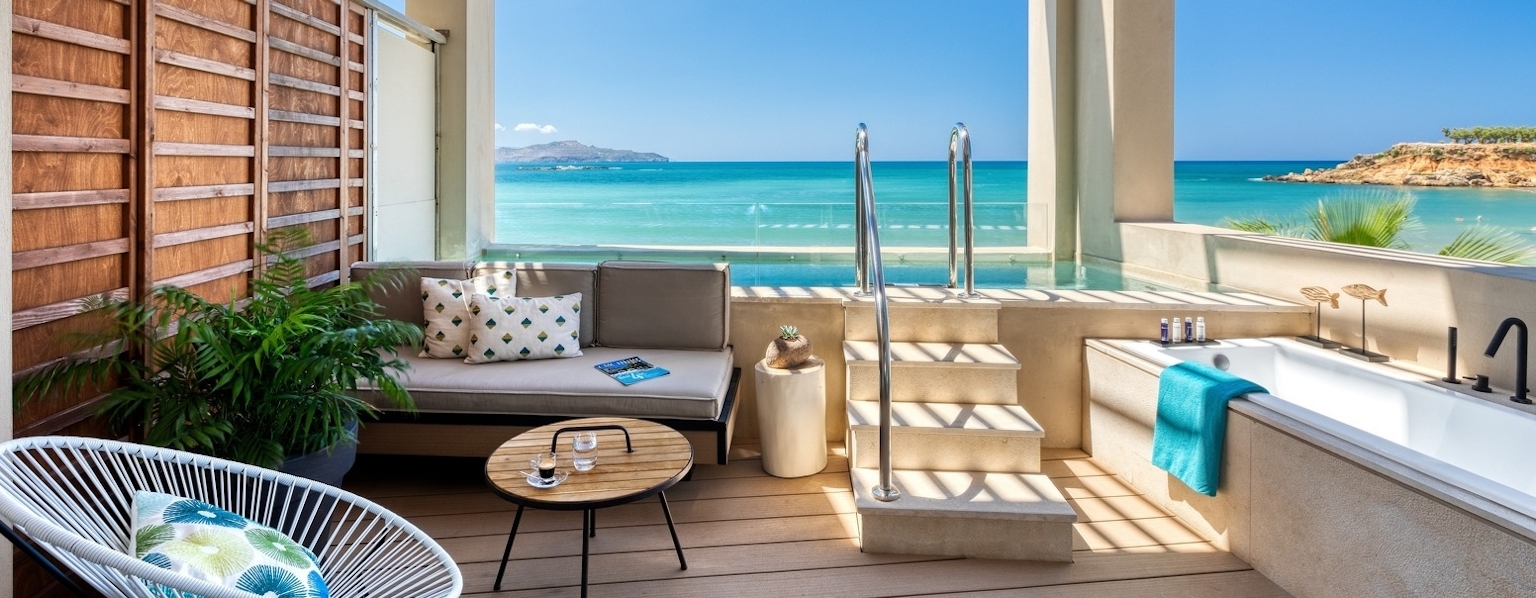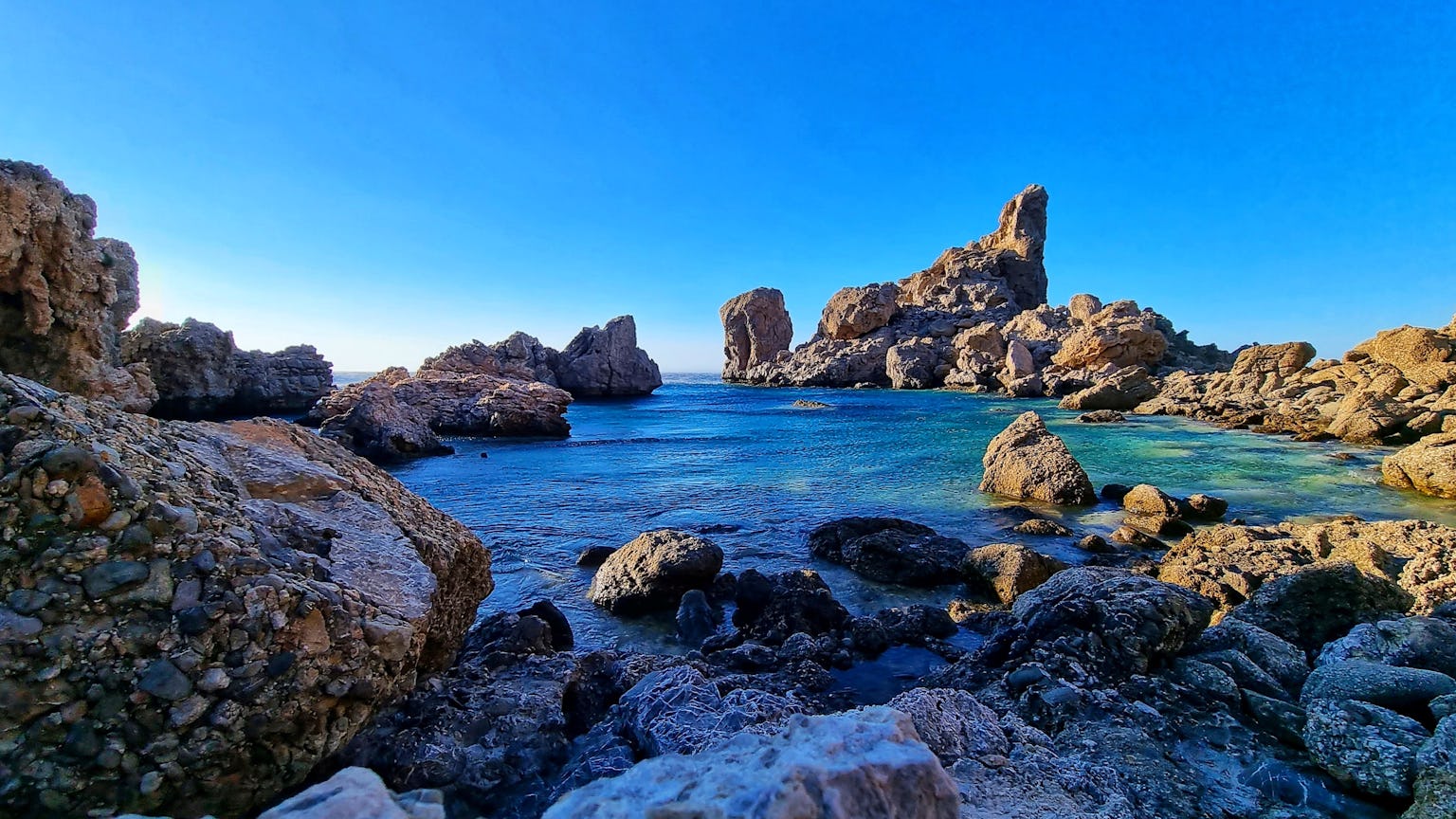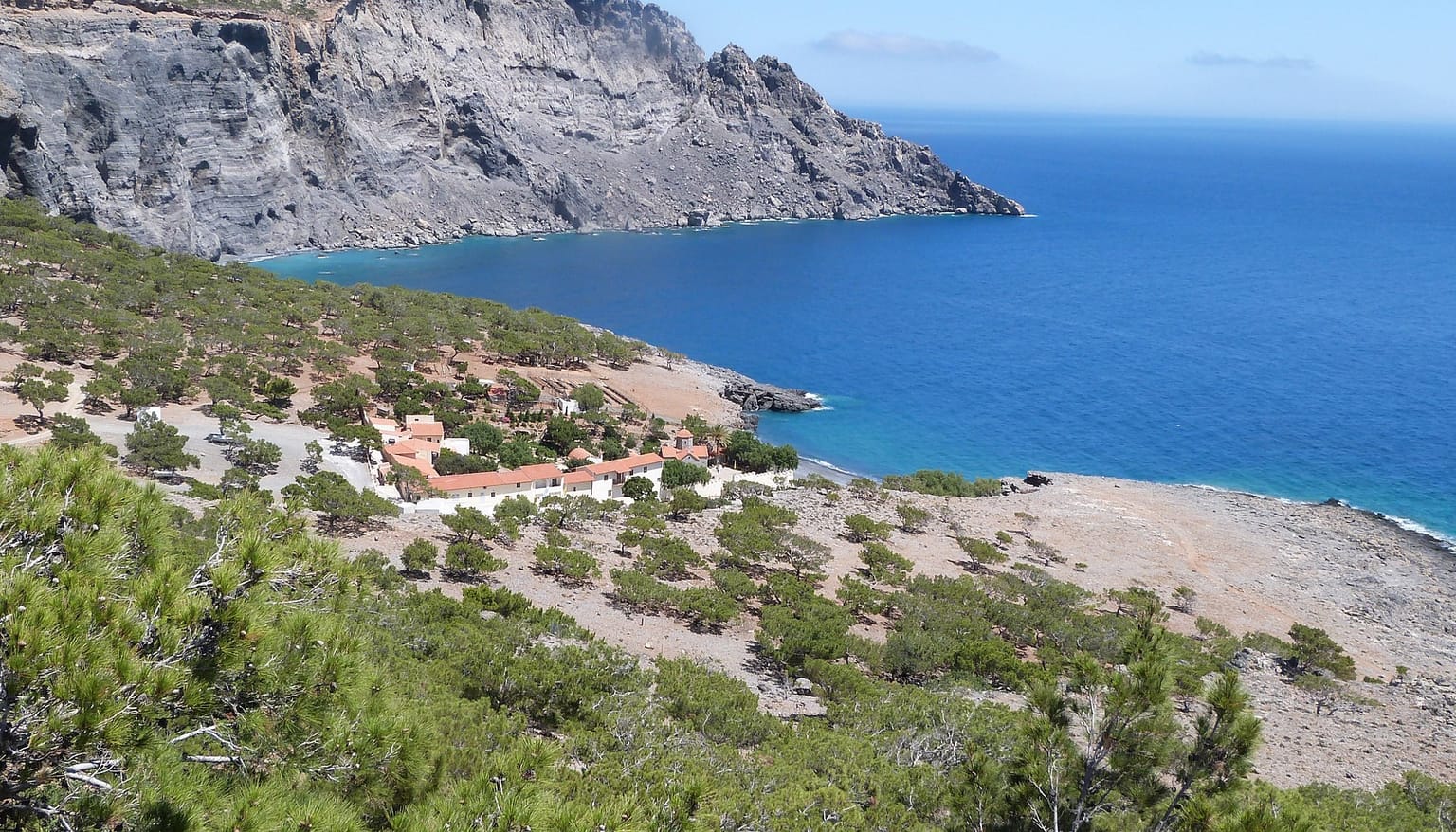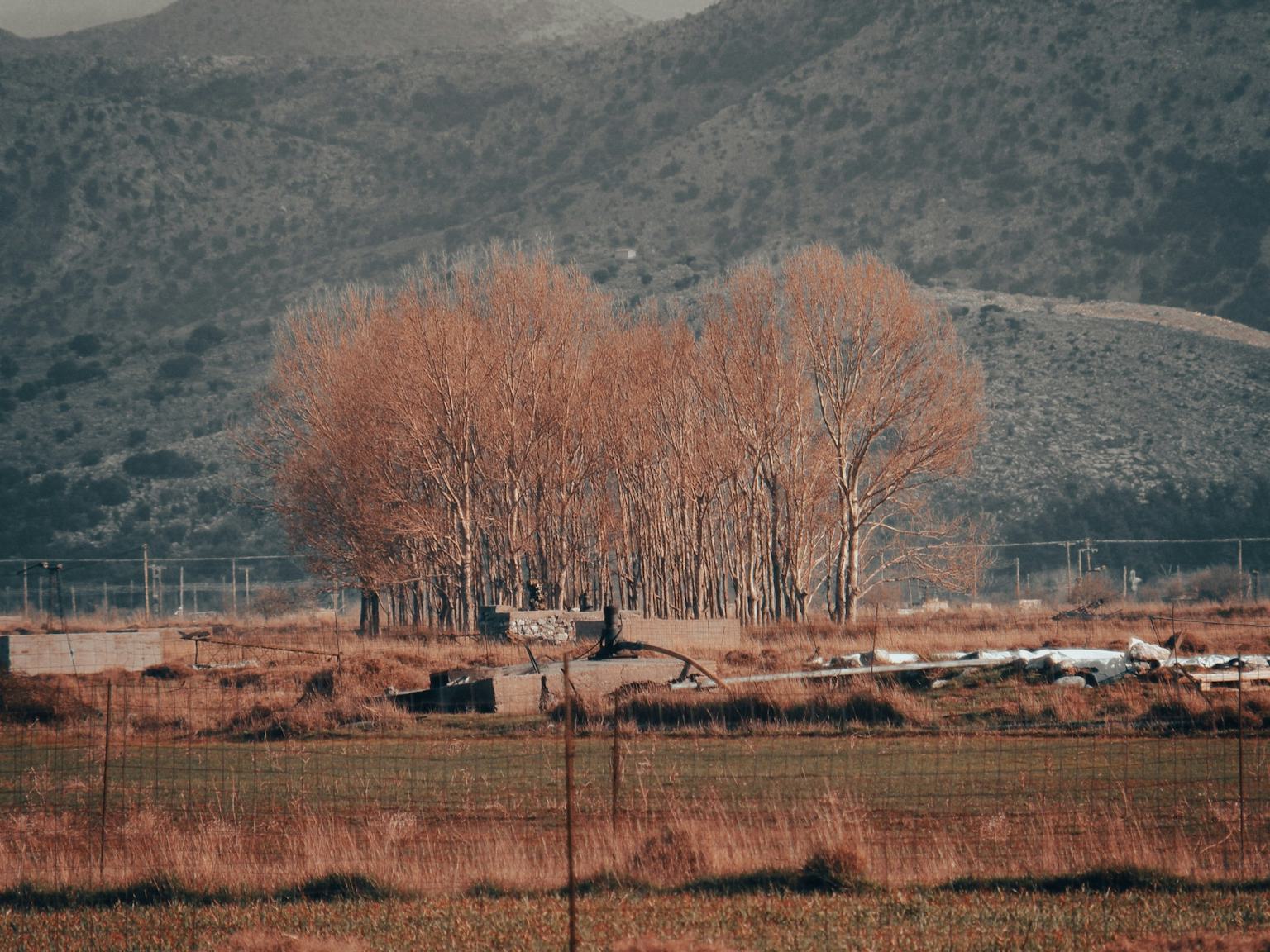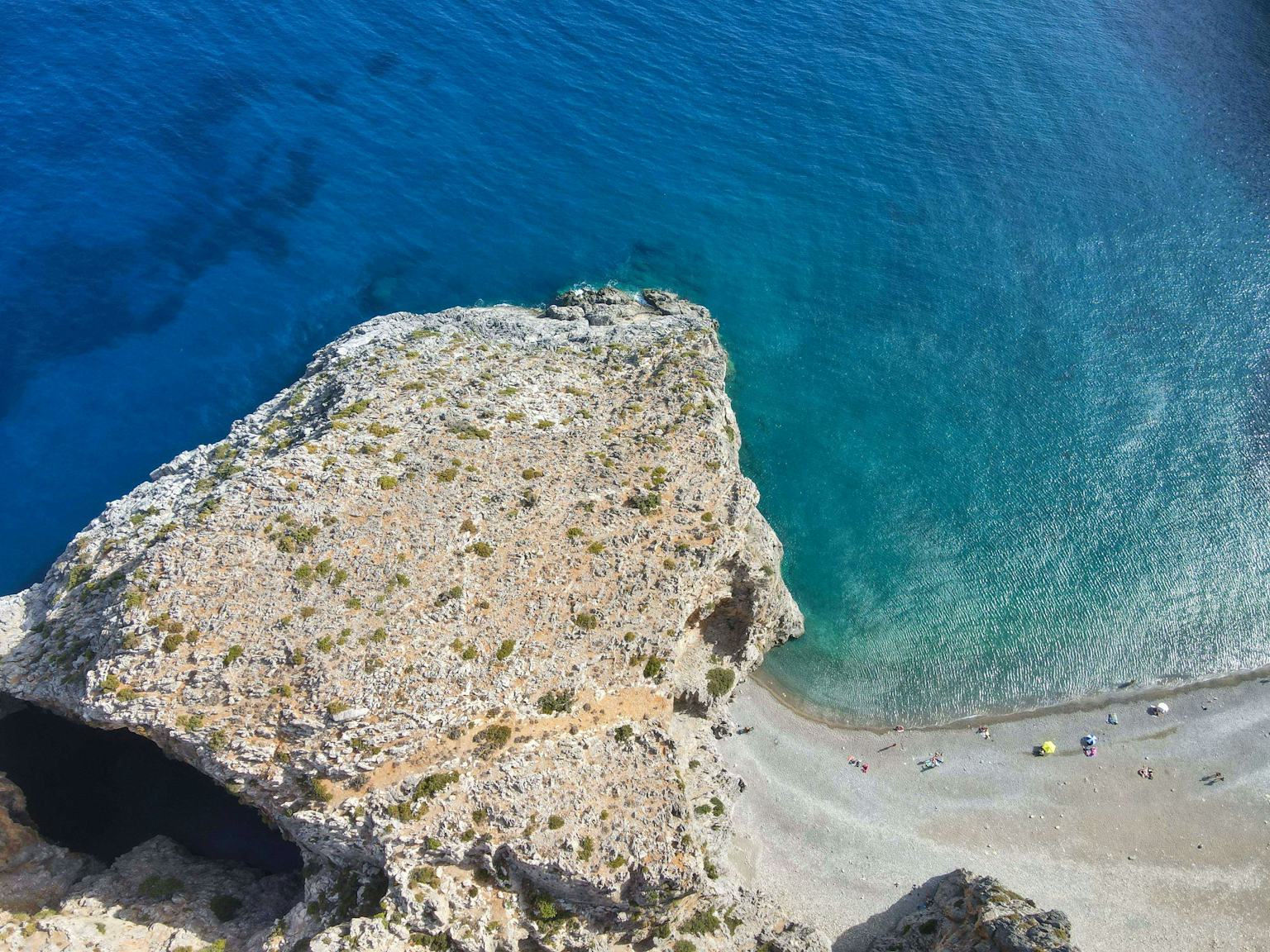Cretan Ethnology Museum
Art & Culture

ABOUT
The Museum of Cretan Ethnology was founded in 1973 in accord with the aims and objectives of the Messara Cultural Association, and is based in the Community of Vorous in the District of Pyrgiotissa (Regional District of Heraklion).
The exhibition is divided into ethnological sections that are related to the evolutionary progression of human activity. These types are not mutually exclusive: once reaching a particular stage of development, they interact with each other. The particular taxonomy employed is based on the biological necessities of survival and adaptation of the human species and on the methods used by them to satisfy their needs.
More information HERE.
Photo: Wikipedia
see also

Tower of Xopateras
Within the Holy Monastery of Odigitria, nestled in Asterousia, lies the Xopateras Tower. This structure is associated with Ioannis Markakis, a revered hero who was ordained within the monastery.
During the Greek Revolution of 1821, Ioannis Markakis and fellow fighters sought refuge within the monastery to evade the janissaries. Unfortunately, amidst the Turkish cleansing operations in Asterousia and the siege of the tower, Xopateras met a tragic end.
Cretans have rightfully honoured his life and ultimate sacrifice.
Info: Wikipedia
Within the Holy Monastery of Odigitria, nestled in Asterousia, lies the Xopateras Tower. This structure is associated with Ioannis Markakis, a revered hero who was ordained within the monastery.
During the Greek Revolution of 1821, Ioannis Markakis and fellow fighters sought refuge within the monastery to evade the janissaries. Unfortunately, amidst the Turkish cleansing operations in Asterousia and the siege of the tower, Xopateras met a tragic end.
Cretans have rightfully honoured his life and ultimate sacrifice.
Info: Wikipedia

Ecclesiastical and Folklore Museum of Kalyviani
A haven of devotion, steeped in tradition and culture
The Holy Monastery of Kalyviani hosts an ecclesiastical and folklore museum.
Among other attractions, there are workshops showcasing Cretan folk art.
As per the Region of Crete, the ecclesiastical collection of the museum comprises portable icons from the 18th and 19th centuries, hierarchical vestments, gospels, 19th-century manuscripts, wood-carved objects, and an invaluable wood-carved iconostasis from the 18th century. Additionally, the museum houses a folklore section exhibiting items from popular culture and economy, including agricultural tools and utensils.
Telephone: 28920 22151
Opening times: 09:00-16:00
Photo: juliane33 Via Vista.Create
A haven of devotion, steeped in tradition and culture
The Holy Monastery of Kalyviani hosts an ecclesiastical and folklore museum.
Among other attractions, there are workshops showcasing Cretan folk art.
As per the Region of Crete, the ecclesiastical collection of the museum comprises portable icons from the 18th and 19th centuries, hierarchical vestments, gospels, 19th-century manuscripts, wood-carved objects, and an invaluable wood-carved iconostasis from the 18th century. Additionally, the museum houses a folklore section exhibiting items from popular culture and economy, including agricultural tools and utensils.
Telephone: 28920 22151
Opening times: 09:00-16:00
Photo: juliane33 Via Vista.Create

Agios Antonios Church in Agiofarago
Tranquillity and Mystagogy in Agiofarago: A unique place where the soul finds calm, offering visitors a truly distinctive experience.
It's noteworthy that Agiofarago is affiliated with the Odigitria Monastery. Within its premises, you'll discover the Church of Agios Antonios, an impressive structure dating back to the 14th-15th century. The church's form evolved through two successive domed additions to a small cavernous church dedicated to Agios Antonios.
Photo: Wikipedia
Information: Orthodoxcrete.com
Tranquillity and Mystagogy in Agiofarago: A unique place where the soul finds calm, offering visitors a truly distinctive experience.
It's noteworthy that Agiofarago is affiliated with the Odigitria Monastery. Within its premises, you'll discover the Church of Agios Antonios, an impressive structure dating back to the 14th-15th century. The church's form evolved through two successive domed additions to a small cavernous church dedicated to Agios Antonios.
Photo: Wikipedia
Information: Orthodoxcrete.com

Holy Monastery of Agios Nikolaos of Zaros
Located at the southern entrance of Agios Nikolaos Gorge amidst picturesque scenery, you'll find the monastery of Agios Nikolaos, previously affiliated with Valsamonero Monastery.
According to the OrthodoxCrete page, one of the few pieces of information available about the monastery is the brief settlement of a group of nuns in the area towards the end of the 19th century.
The present-day complex comprises primarily of buildings constructed in the 19th and 20th centuries. The sole older section that remains is centred around the original main church, consisting of two single-aisled autonomous churches dating back to the Venetian occupation.
The southern church, smaller in size and dedicated to Agios Nikolaos, boasts partially preserved fresco decorations dating back to the early 14th century. Conversely, the northern church, dedicated to Agia Paraskevi, suffered ruin in the early 20th century but underwent restoration efforts in the 1970s.
Photo: Pecold Via Vista.Create
Located at the southern entrance of Agios Nikolaos Gorge amidst picturesque scenery, you'll find the monastery of Agios Nikolaos, previously affiliated with Valsamonero Monastery.
According to the OrthodoxCrete page, one of the few pieces of information available about the monastery is the brief settlement of a group of nuns in the area towards the end of the 19th century.
The present-day complex comprises primarily of buildings constructed in the 19th and 20th centuries. The sole older section that remains is centred around the original main church, consisting of two single-aisled autonomous churches dating back to the Venetian occupation.
The southern church, smaller in size and dedicated to Agios Nikolaos, boasts partially preserved fresco decorations dating back to the early 14th century. Conversely, the northern church, dedicated to Agia Paraskevi, suffered ruin in the early 20th century but underwent restoration efforts in the 1970s.
Photo: Pecold Via Vista.Create

Varsamonero Monastery
The Holy Monastery of Varsamonero was built in the early centuries of the Venetian rule. Today, however, only the church survives but its frescoes are intact.
The current church is three-aisled and has a narthex (an entrance hall at the west end of the church). The oldest aisle is the northern one and is dedicated to the Virgin Mary. In Venetian documents, it is listed as the ‘chiesa della Madonna di Varsamonero’. Its walls carry inscriptions dating from 1332, 1404, 1407 etc.
The frescoes in the south aisle are dated between 1400 and 1428. This nave is dedicated to St John (Agios Ioannis) and a smaller nave to the southwest is dedicated to St Fanourios (Agios Fanourios). This was built in 1426 and cited in 1431 by the Cretan painter Konstantinos Rico. Since then, the monastery has also been called ‘Agios Fanourios’. The saint in question is celebrated in the region as a local saint and is commemorated on 27th August.
The monastery was restored in the years following 1947 by Nikolaos Platonas.
Information: Wikipedia.
Photo: Wikipedia
The Holy Monastery of Varsamonero was built in the early centuries of the Venetian rule. Today, however, only the church survives but its frescoes are intact.
The current church is three-aisled and has a narthex (an entrance hall at the west end of the church). The oldest aisle is the northern one and is dedicated to the Virgin Mary. In Venetian documents, it is listed as the ‘chiesa della Madonna di Varsamonero’. Its walls carry inscriptions dating from 1332, 1404, 1407 etc.
The frescoes in the south aisle are dated between 1400 and 1428. This nave is dedicated to St John (Agios Ioannis) and a smaller nave to the southwest is dedicated to St Fanourios (Agios Fanourios). This was built in 1426 and cited in 1431 by the Cretan painter Konstantinos Rico. Since then, the monastery has also been called ‘Agios Fanourios’. The saint in question is celebrated in the region as a local saint and is commemorated on 27th August.
The monastery was restored in the years following 1947 by Nikolaos Platonas.
Information: Wikipedia.
Photo: Wikipedia

Monastery of Agios Antonios (St Anthony) Vrontisi
Τhe Monastery of Vrondisi is situated between the villages of Zaros and Voriza in the southern foothills of Psiloritis. From its altitude of 550 metres, it commands a panoramic view of Messara and the Asterousia Mountains.
The two-aisled church is dedicated to St Anthony and the Resurrection of Apostle Thomas. It used to belong to the Varsamonero Monastery and it is not clear exactly when it was founded as a monastery in its own right.
The monastery is surrounded by a wall. The original portico was destroyed in 1913. It was made of marble and had the image of Christ holding the Gospel carved in relief.
At the outer entrance there is a 15th century marble fountain with a relief representation of Adam and Eve in Paradise, the Almighty, and four more figures symbolizing the rivers of Eden respectively. The Turks referred to the monastery as ‘sandrivanli monastir’ which means ‘fountain monastery’ in Turkish.
The Italian style bell tower of the monastery is one of the oldest belfries in Crete. It is located outside the church and is topped by an arch. The church used to be frescoed but very few of its frescoes have survived to this day. Those that have, date from the 14th century.
From monastery to fold
When Crete was taken by the Turks in 1645, Arkadi Monastery was deserted and its monks sought refuge in Vrontisi, according to Bunialis.
Due to its strategic position, Vrondisi Monastery was the centre of operations for the Cretan revolutions of the 19th century. In 1866 General Korakas established his headquarters in Vrontisi and it was here that the revolution was declared for Central and Eastern Crete. Eventually, the monks were massacred by the Turks who also burnt 300 olive trees and all the grain. The monastery was abandoned and Sadia Agas from Zaros turned the monastery into a fold for his sheep.
Information/ Photos: Wikipedia.
Τhe Monastery of Vrondisi is situated between the villages of Zaros and Voriza in the southern foothills of Psiloritis. From its altitude of 550 metres, it commands a panoramic view of Messara and the Asterousia Mountains.
The two-aisled church is dedicated to St Anthony and the Resurrection of Apostle Thomas. It used to belong to the Varsamonero Monastery and it is not clear exactly when it was founded as a monastery in its own right.
The monastery is surrounded by a wall. The original portico was destroyed in 1913. It was made of marble and had the image of Christ holding the Gospel carved in relief.
At the outer entrance there is a 15th century marble fountain with a relief representation of Adam and Eve in Paradise, the Almighty, and four more figures symbolizing the rivers of Eden respectively. The Turks referred to the monastery as ‘sandrivanli monastir’ which means ‘fountain monastery’ in Turkish.
The Italian style bell tower of the monastery is one of the oldest belfries in Crete. It is located outside the church and is topped by an arch. The church used to be frescoed but very few of its frescoes have survived to this day. Those that have, date from the 14th century.
From monastery to fold
When Crete was taken by the Turks in 1645, Arkadi Monastery was deserted and its monks sought refuge in Vrontisi, according to Bunialis.
Due to its strategic position, Vrondisi Monastery was the centre of operations for the Cretan revolutions of the 19th century. In 1866 General Korakas established his headquarters in Vrontisi and it was here that the revolution was declared for Central and Eastern Crete. Eventually, the monks were massacred by the Turks who also burnt 300 olive trees and all the grain. The monastery was abandoned and Sadia Agas from Zaros turned the monastery into a fold for his sheep.
Information/ Photos: Wikipedia.
Search
for
— things to do or a local business
Search
for
— things to do or a local business
Trends
